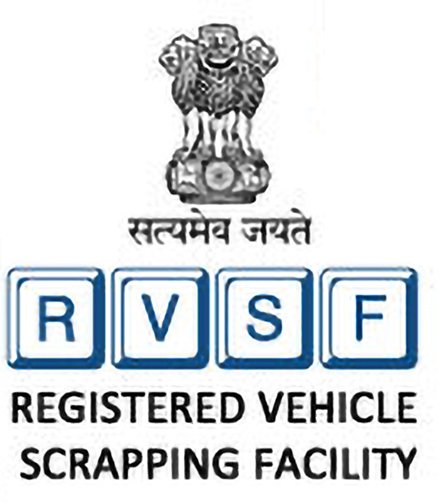Industrial Scrap

Industrial scrap refers to the discarded or excess materials generated during manufacturing, construction, or industrial processes. It encompasses a wide range of materials such as metal, plastic, paper, wood, and more. Industrial scrap holds significant value as it can be recycled, repurposed, or used as a raw material in other industries. Recycling industrial scrap not only helps conserve natural resources but also reduces waste and promotes sustainable practices. Companies specializing in industrial scrap management play a crucial role in collecting, processing, and transforming scrap into valuable resources, contributing to a circular economy and minimizing environmental impact.
STAGES OF INDUSTRIAL SCRAP RECYCLING PROCESS

Collection
During this stage, materials primarily composed of metals are collected. Collectors often search through scrap yards to find items that are entirely or mostly made of metal. However, recycling organizations may also gather materials directly from mills and factories when they become available.

Disassembling
Hot air is crucial for melting solders, separating components, and enabling efficient disassembly and retrieval of valuable components from electronic devices or equipment. Its use facilitates easy detachment and recovery of individual components for recycling or reuse, playing a vital role in precise component separation and subsequent recycling stages.

Sorting
To ensure the high quality of the raw metal, it is essential to separate the recyclable metal from non-recyclable materials. Therefore, thorough sorting is conducted once the scrap material is acquired.

Crushing
The scrap metal, after being crushed and compacted, is transformed into cubes. This process is accomplished using shears or balers. It is a well-known practice in recycling industrial waste and vehicle metal.
Once these stages are finished, the purified and appropriately shaped metal is sent to factories and mills, where it is utilized to produce new products.

